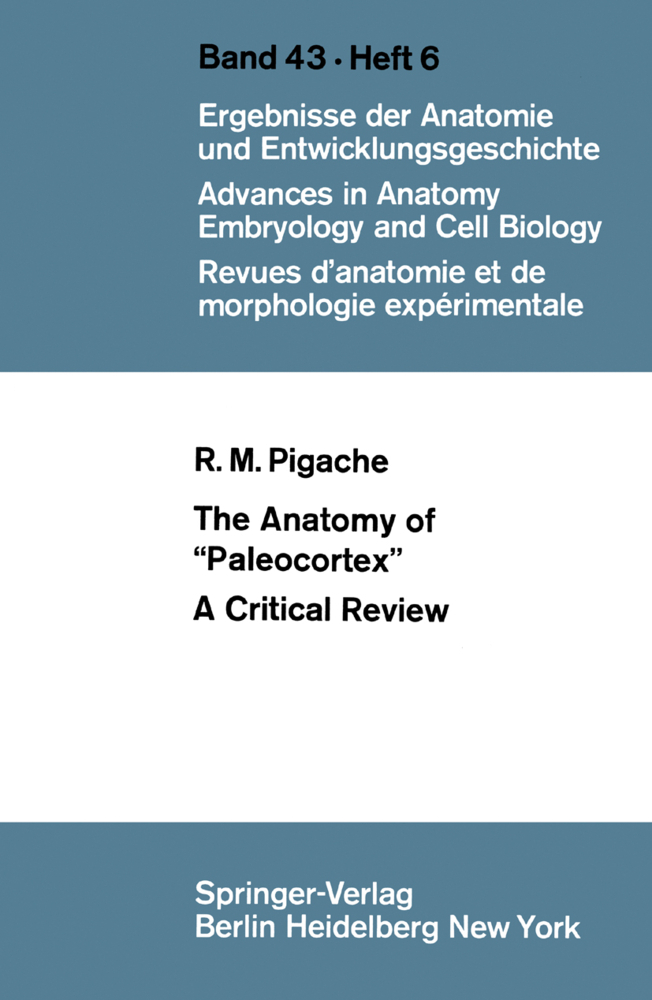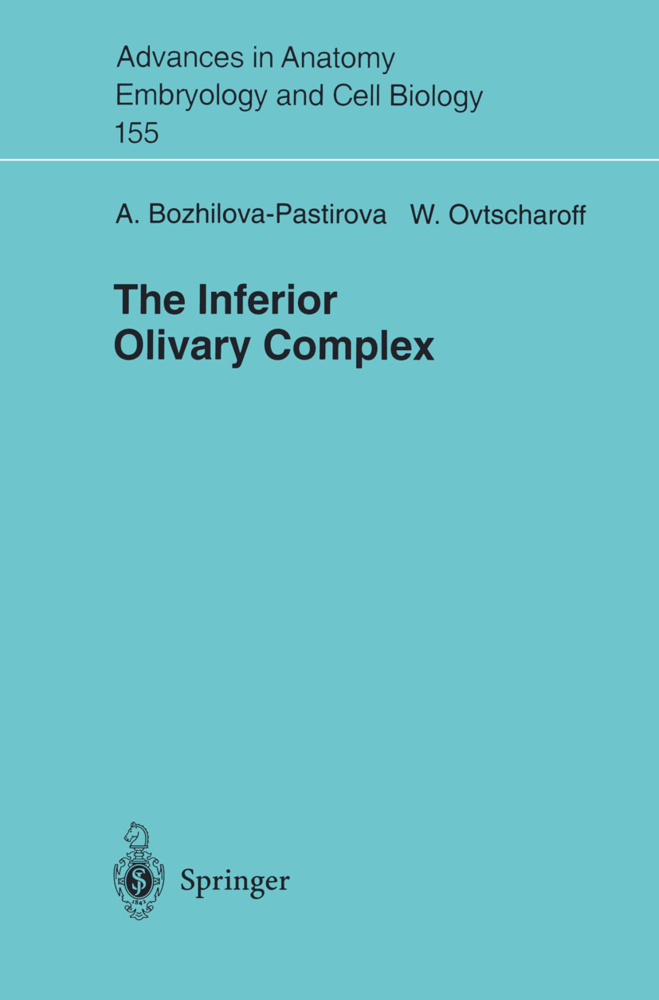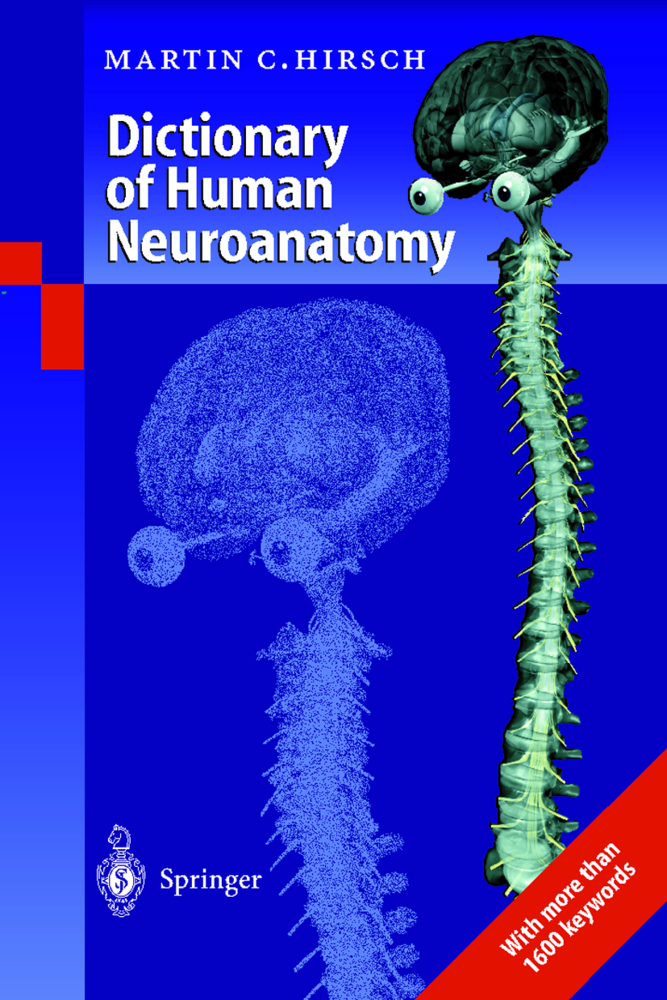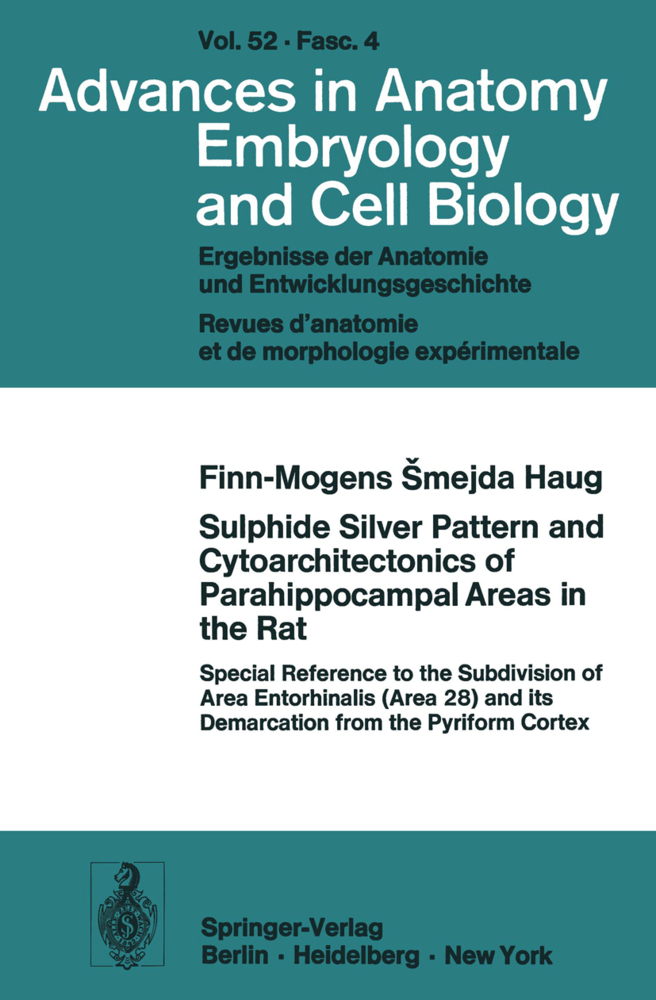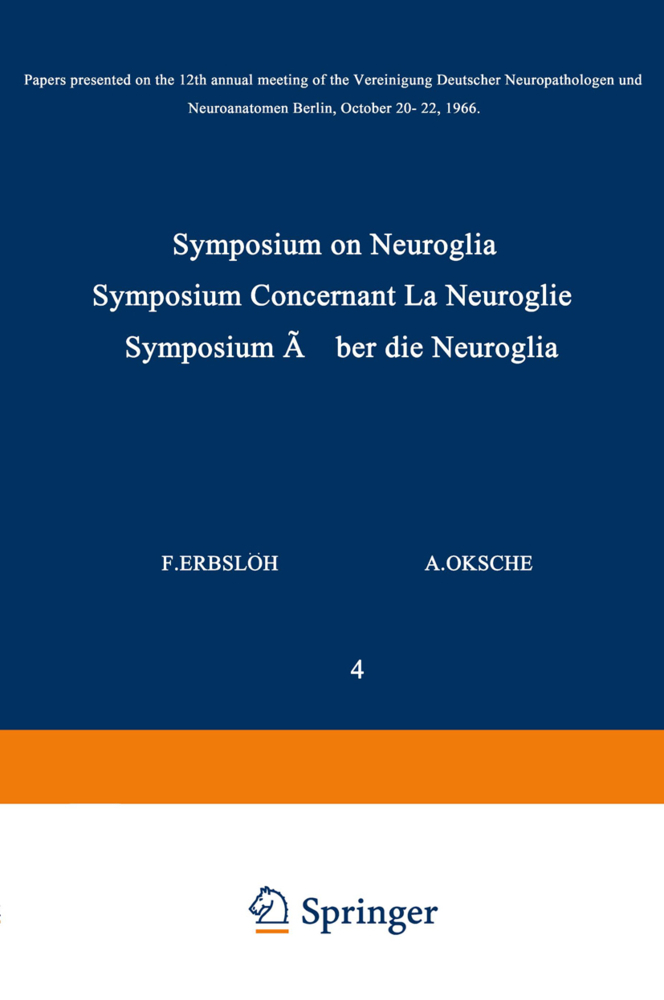The Anatomy of "Paleocortex"
A Critical Review
The Anatomy of "Paleocortex"
A Critical Review
The prime purpose of this paper is to look at the region of brain which many authors call 'paleocortex' and to ask how much of the area it embraces can be described properly as cortex. Before this can be considered it is necessary to have some idea of what constitutes a cortex. Therefore, in the first part of the paper the criteria used in constructing classifications of cortex are looked into. Also considered is the meaning of classifications such as 'paleocortex'. Is it relevant to define cortex in this way? How does this view correlate with a functional approach? The second purpose of this paper, of equal importance to the first, is to review terminology. Each area of' paleocortex' has a review introduction that endeavoors to cut through the existing jungle of terms and usage and to provide a clear account of the area in question, prior to examining its standing as cortex. The term 'paleocortex' is in common use and for this reason it is worth close examination. Kappers (1909) first created the term to supplement the earlier division of cortex-into archicortex and neocortex-introduced by Elliot Smith. Kappers applied the term to the mantle layer of the most primitive vertebrates (cyclostomes and selachians), the whole of which receives secondary olfactory fibres.
Structural Criteria for Cortex
A Definition of Cortex
Regions Classified as Paleocortex
1. The Septal Area and Diagonal Band
2. The Tuberculum Olfactorium
3. The Olfactory Bulb
4. The Gray of the Olfactory Peduncle
5. Primary Olfactory Cortex
6. Periamygdaloid "Cortex"
Conclusions and Summary
References.
On Definitions of Cortex
Origins as Criteria for CortexStructural Criteria for Cortex
A Definition of Cortex
Regions Classified as Paleocortex
1. The Septal Area and Diagonal Band
2. The Tuberculum Olfactorium
3. The Olfactory Bulb
4. The Gray of the Olfactory Peduncle
5. Primary Olfactory Cortex
6. Periamygdaloid "Cortex"
Conclusions and Summary
References.
Pigache, Robert M.
| ISBN | 978-3-540-05083-4 |
|---|---|
| Artikelnummer | 9783540050834 |
| Medientyp | Buch |
| Copyrightjahr | 1970 |
| Verlag | Springer, Berlin |
| Umfang | 66 Seiten |
| Abbildungen | 66 p. |
| Sprache | Englisch |

